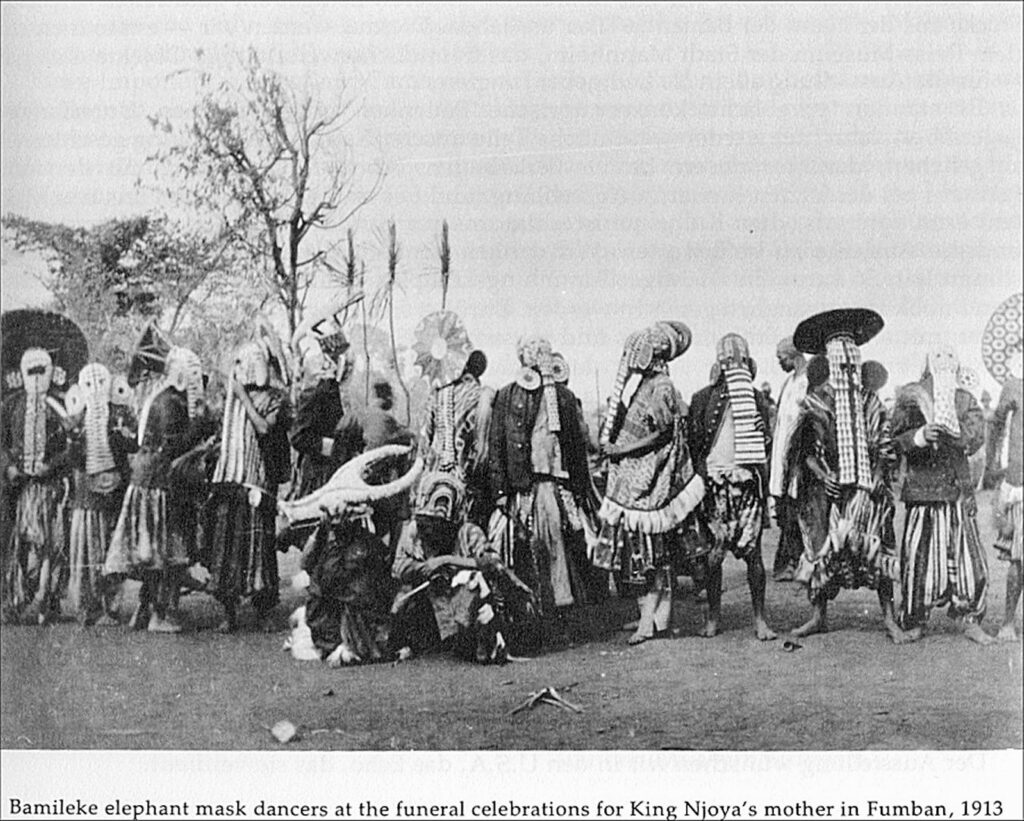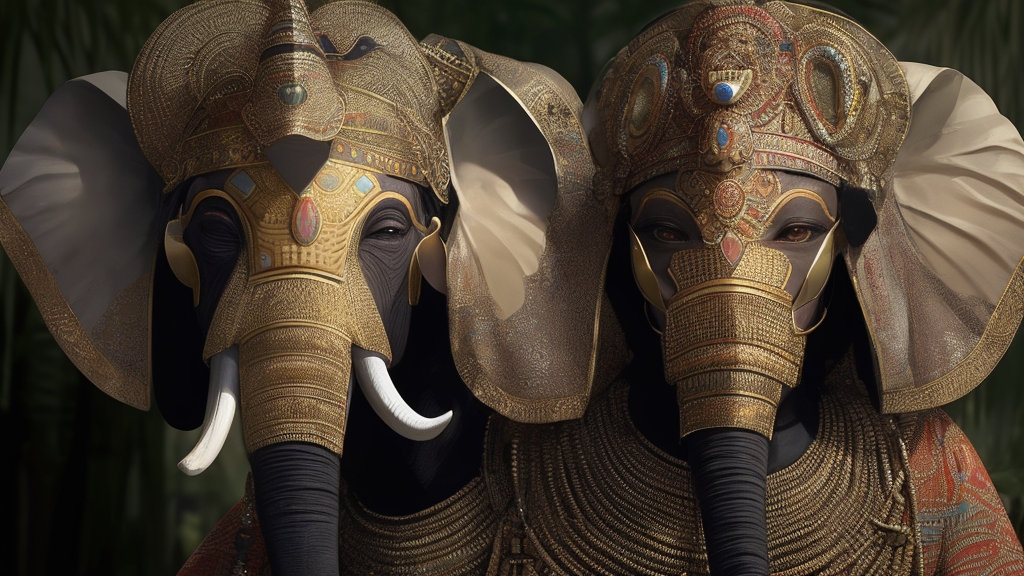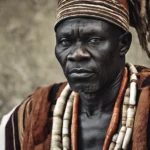The Bamileke people, the largest ethnic group in Cameroon’s West and Northwest regions, boast a rich cultural heritage characterized by striking masquerades, intricate beadwork, and a fascinating history. This article unveils the captivating narrative of the Bamileke, shedding light on their heritage, organization, political structure, economic activities, and more. Join us on a journey to explore the world of the Bamileke people and the significance of their iconic elephant masks.
Unraveling the Heritage and Organization of the Bamileke:
A deep dive into the roots of the Bamileke reveals a Grassfields people with a structured organization under several chiefdoms, each led by a chief or fon. Their languages, closely interlinked and spoken across various regions, exemplify the linguistic diversity within the community. The article brings to light the historical migration of the Bamileke from northern Cameroon in the 11th to 14th centuries, emphasizing how this journey has shaped their culture and traditions.
Cultural Significance of Elephant Masks and Beadwork:

Amidst their rich cultural tapestry, the Bamileke people are celebrated for their iconic elephant masks and the intricate beadwork that adorns these symbolic creations. The article delves into the significance of these masks, exploring the role they play in royal ceremonies, funerals, and other pivotal events within the Bamileke community. Furthermore, it uncovers the art of beadwork, a highly personal and distinctive form of expression that sets the Bamileke apart in the African cultural landscape.
Political Structure, Economic Activities, and Land Tenure:
The Bamileke’s settlements, organized under chiefdoms with fons as spiritual, political, and judicial leaders, reflect a well-structured pattern. The article sheds light on the sexual division of labor within the community, emphasizing the roles played by both men and women in trade, farming, and transportation. It addresses the complexities of land tenure, tracing back to the kings and their ownership of all land, and the subsequent distribution among male heads of families.
From Ceramics to Religious Beliefs:
Unveiling the Ceremonial Aspects
From religious sculptures representing fertility, royalty, and wisdom to the shamanic practices, ceremonies, and passage rituals, the article unravels the intricate ceremonial aspects, shedding light on the significant role played by diviners, spirit mediums, and healers within the Bamileke community. It explores the beliefs surrounding death ceremonies, ancestral skulls, and religious practices, offering a nuanced perspective of the spiritual customs embedded in the Bamileke heritage.
Conclusion:
In conclusion, the Bamileke people’s cultural, historical, and artistic heritage encompass a rich tapestry of tradition and significance. From the symbolic elephant masks to the intricate beadwork, their artistry and cultural practices reflect a profound connection to their ancestry. We invite you to explore the compelling world of the Bamileke people, an integral part of Cameroon’s vibrant cultural mosaic, and immerse yourself in the allure of their heritage.


